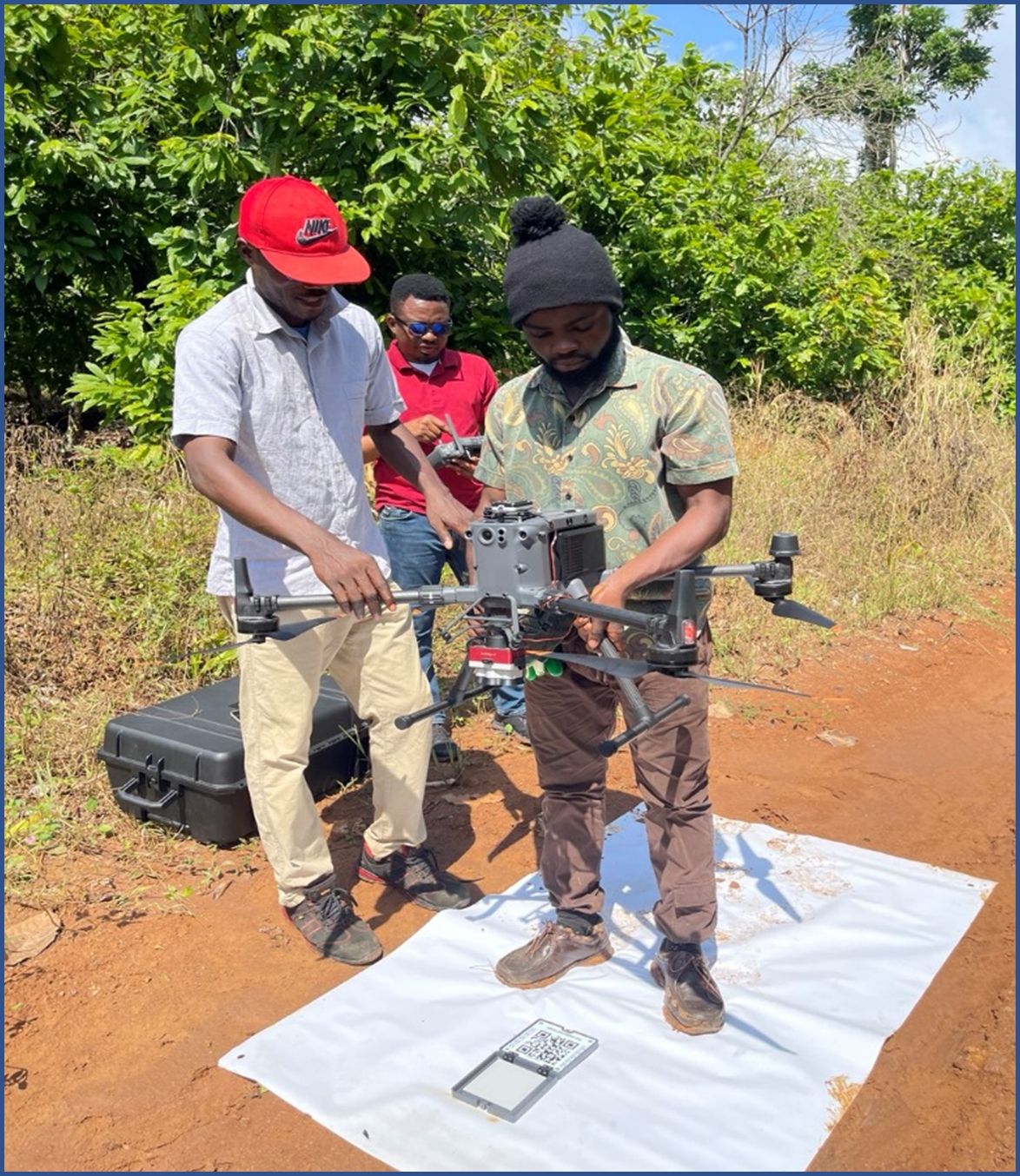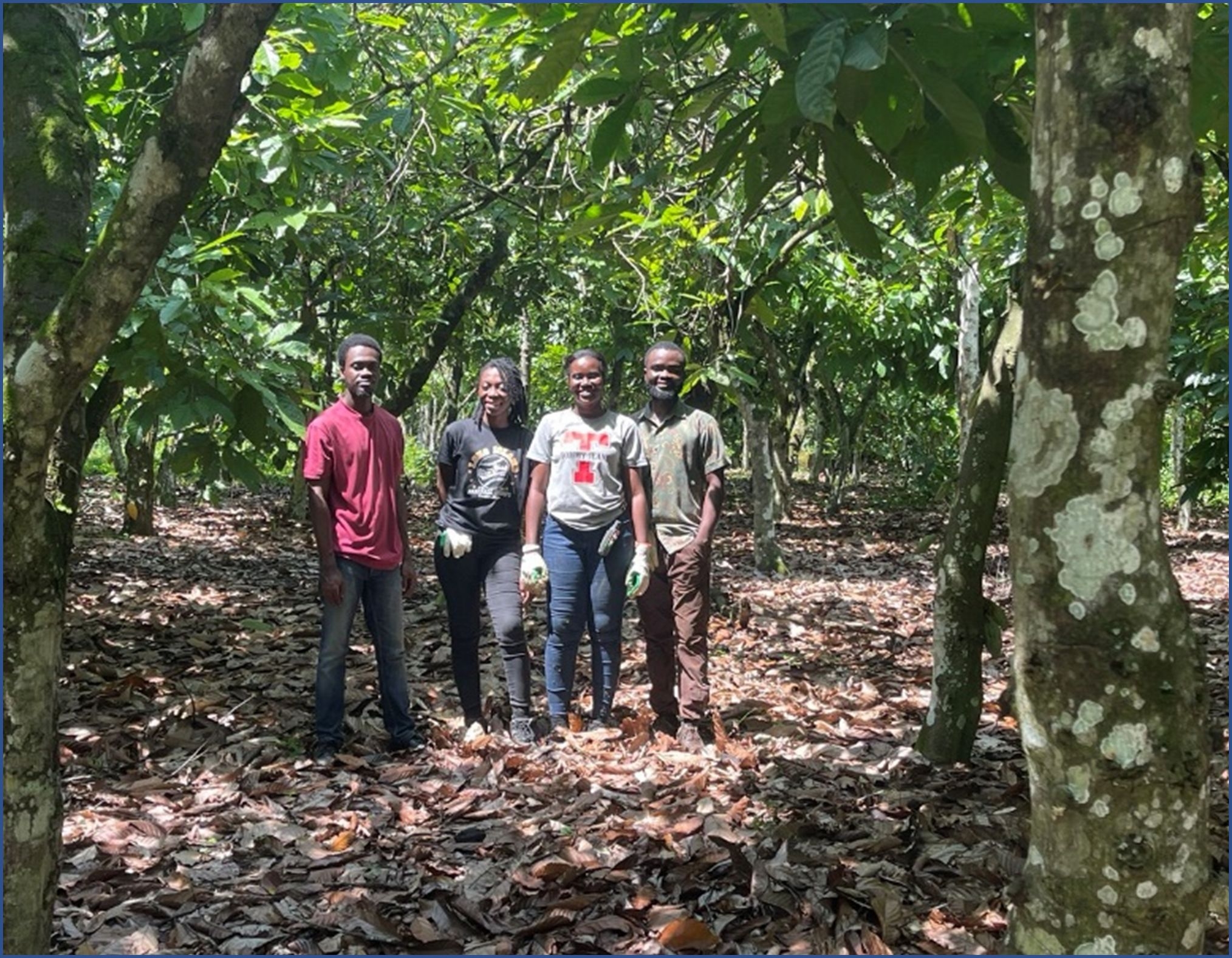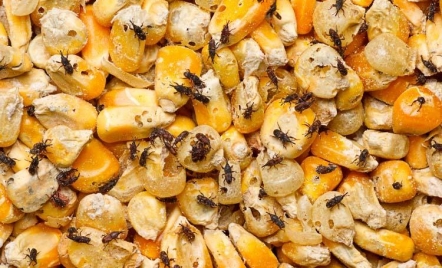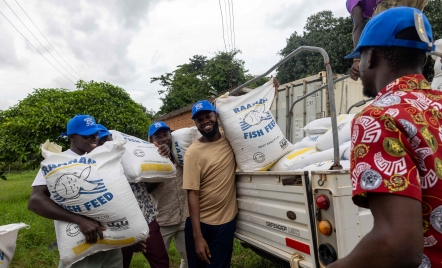A new study by four students at the College of Agriculture and Natural Resources (CANR) explores the use of precision nutrient mapping to guide fertilizer application in cocoa farming.
Using Unmanned Ariel Vehicle (drone)-based multispectral imagery and field-based sampling, the research aims to develop predictive models for estimating nutrient levels, specifically nitrogen (N), phosphorus (P), and potassium (K)in both plant and soil.

This approach will enable site-specific nutrient management and help reduce inefficiencies associated with the country’s current blanket fertilizer application strategy.
Cocoa remains the backbone of Ghana’s economy, but its long-term sustainability is threatened due to declining soil fertility.
The commonly recommended fertilizer, Asaase Wura (N:P: K 0:22:18 + 9CaO + 7S + 6MgO), is applied uniformly across farms based on guidelines by the Cocoa Research Institute of Ghana (CRIG).
While this approach simplifies application for smallholder farmers, it overlooks variability in soil and plant nutrient needs, often leading to suboptimal results.
The research sampled 59 of 66 designated subplots across cocoa farms in the Juaboso District of the Western North Region of Ghana.
Findings from the study are expected to inform precision agriculture strategies tailored to Ghana’s cocoa landscape, offering a more sustainable path toward improving yields and soil health.
The study is supervised by Dr. George Ashiagbor and funded by the African Plant Nutrition Institute (APNI)






Comments